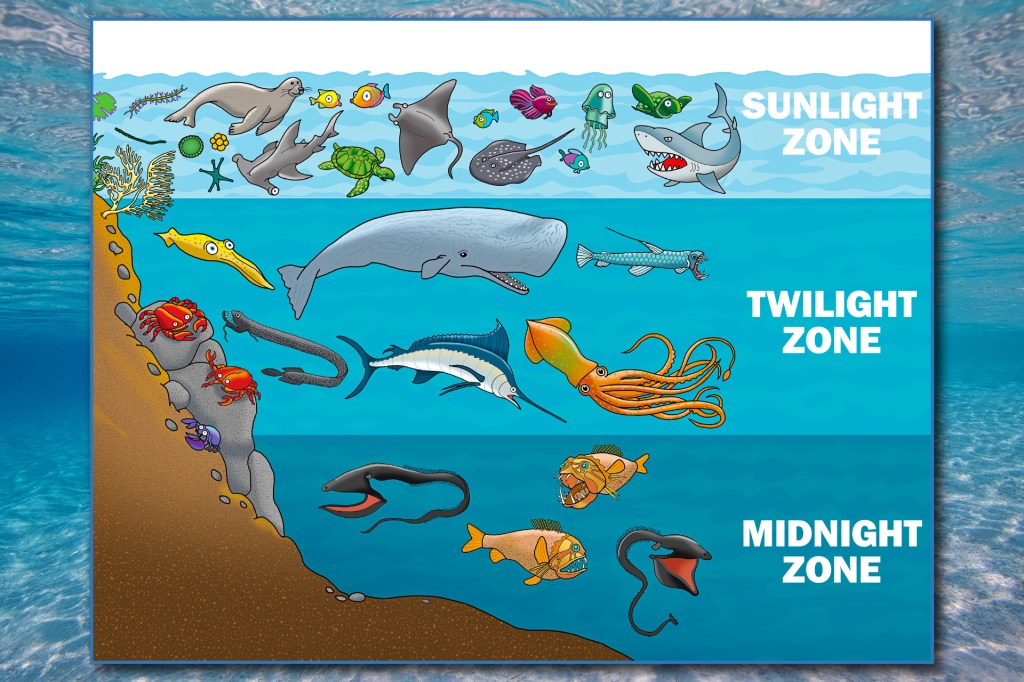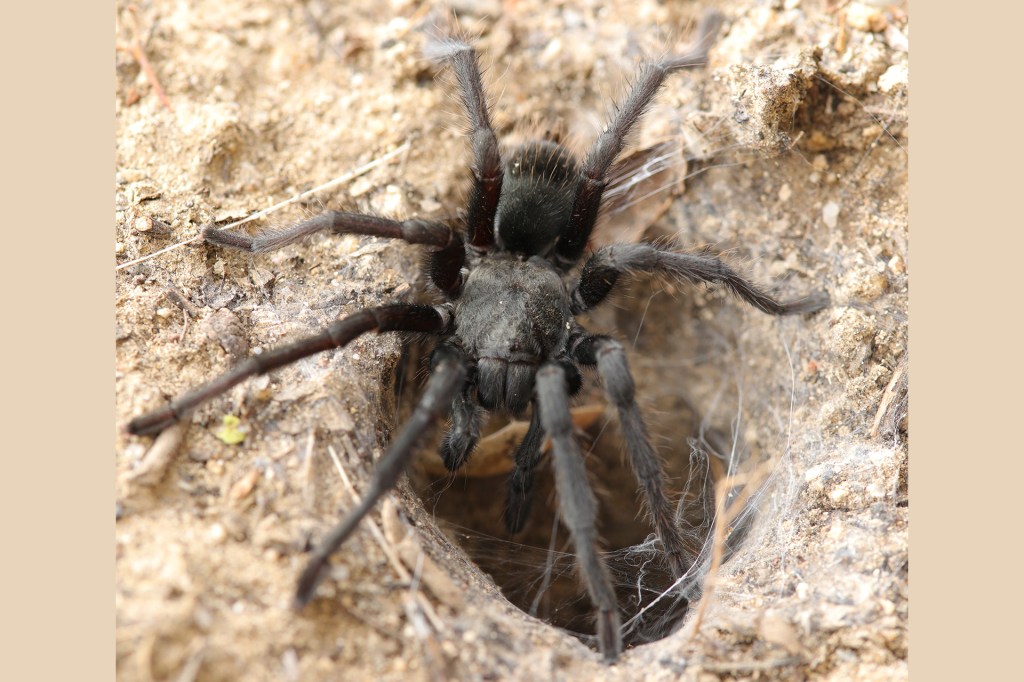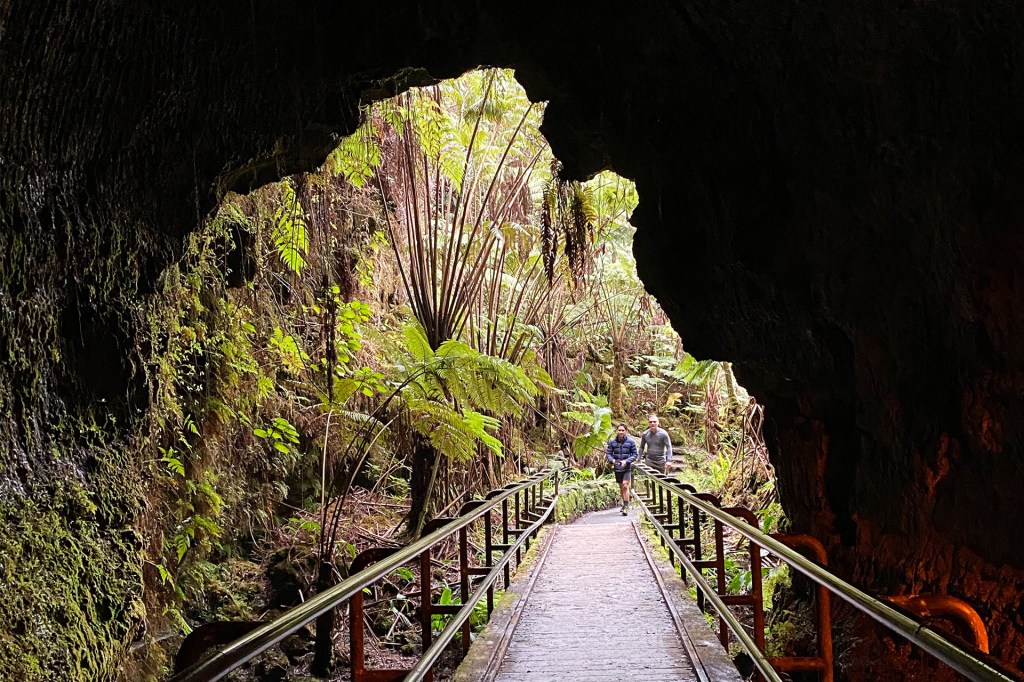
Anna Semon is an archaeologist. That’s a person who finds and studies artifacts, or objects made by people in the past. Join TIME for Kids as we follow Semon on a dig and visit her in the lab.
1. Finding a Spot
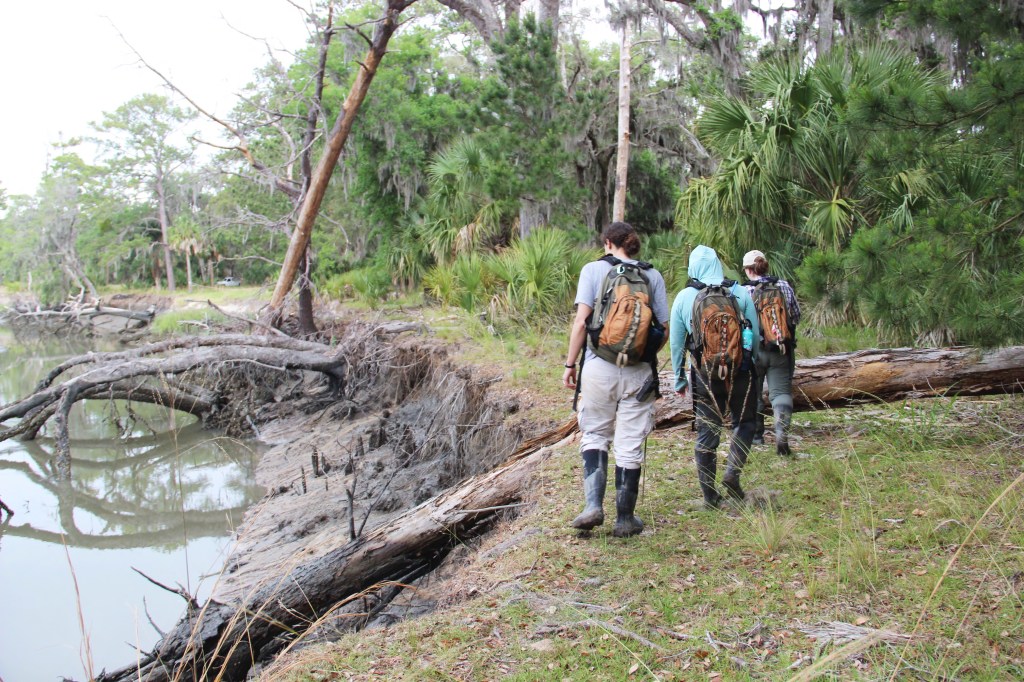
Semon leads trips in the state of Georgia. She looks for pieces of pottery, stone, and bone. She sometimes finds old tools. These objects help her learn about past cultures.
First, she and her team look for a place to dig. Here, they walk along the water. The land is suffering from erosion erosion the wearing away of land by water, wind, or the ice from a glacier (noun) Erosion is causing the river to become wider over time. . As artifacts are washed away, pieces of history are lost.
2. Digging In
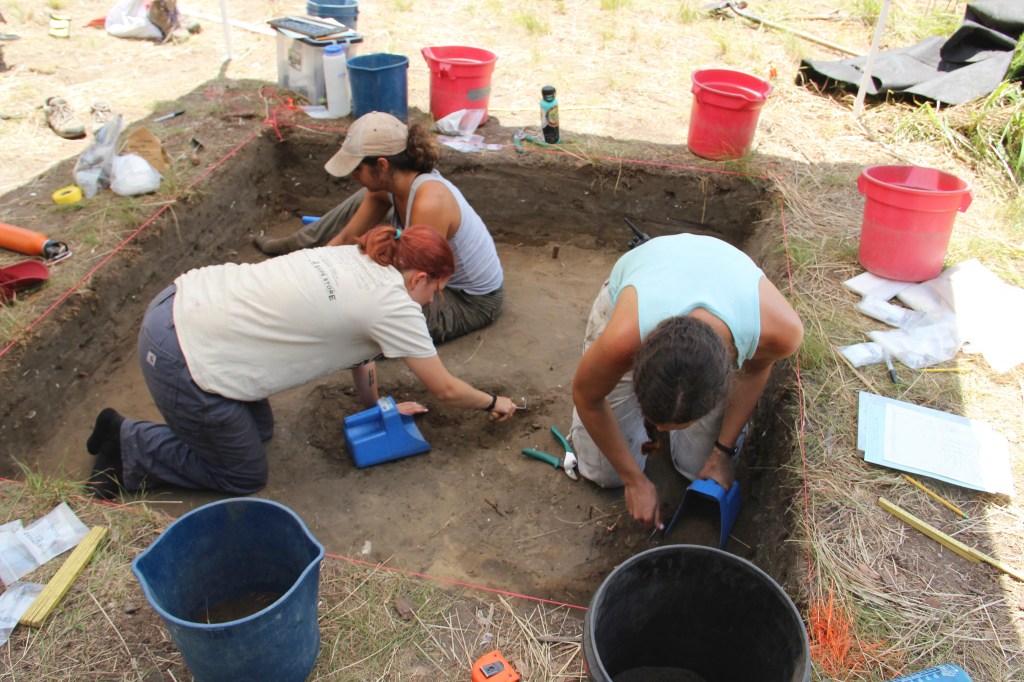
Semon and the team get to work. They mark off a digging area with brightly colored string. They use shovels, trowels, and other tools to excavate
excavate
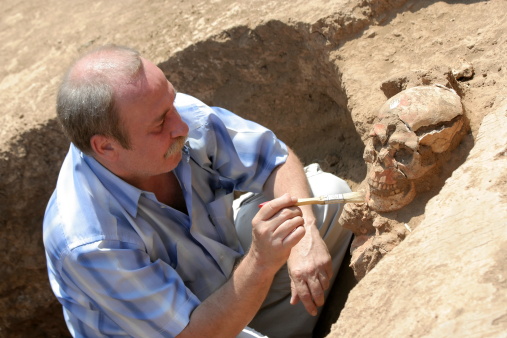 ZOONAR RF—GETTY IMAGES
to dig up
(verb)
The scientists are working to excavate an ancient city.
. They put the dirt through a screen. This helps them separate small artifacts from the soil.
ZOONAR RF—GETTY IMAGES
to dig up
(verb)
The scientists are working to excavate an ancient city.
. They put the dirt through a screen. This helps them separate small artifacts from the soil.
The team must be careful. Some artifacts are easily broken. After all, they can be as much as 5,000 years old! Finally, the team seals the artifacts in bags. The bags are carefully packed and sent to a lab in New York City.
3. Sorting and Cleaning
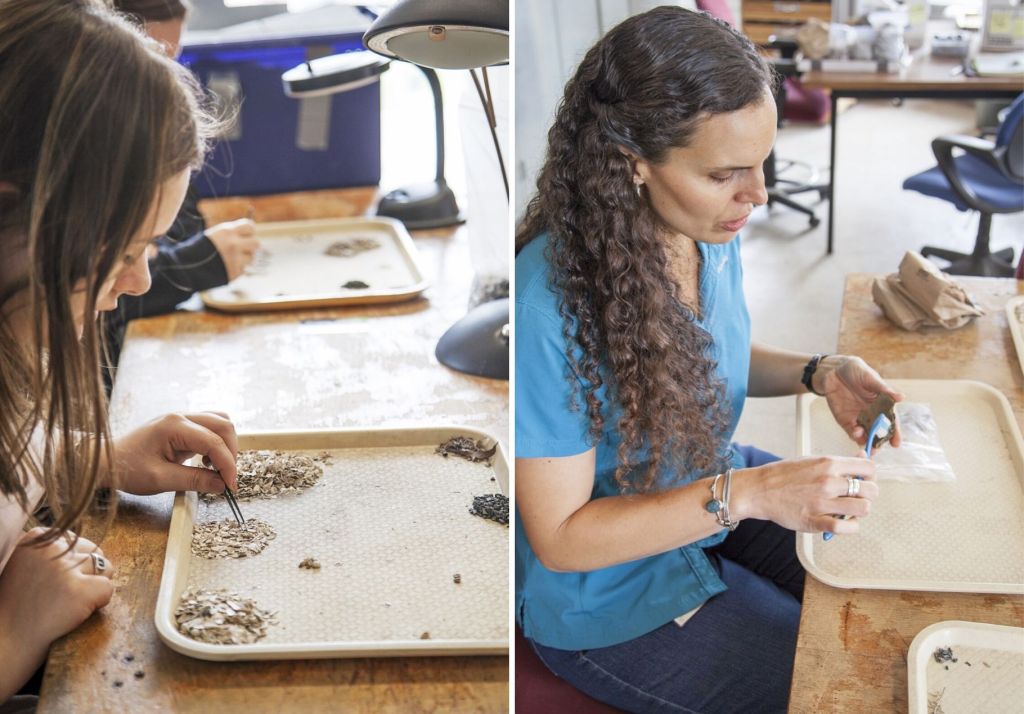
After the dig, the lab work begins. Semon’s lab is at the American Museum of Natural History, in New York City. People there sort the finds. They use tweezers to separate them. The pieces can include bones, fish scales, and bits of metal or glass.
Then the objects are ready to be cleaned. Wet or dry brushes are used to get the job done.
4. Inspecting the Pieces
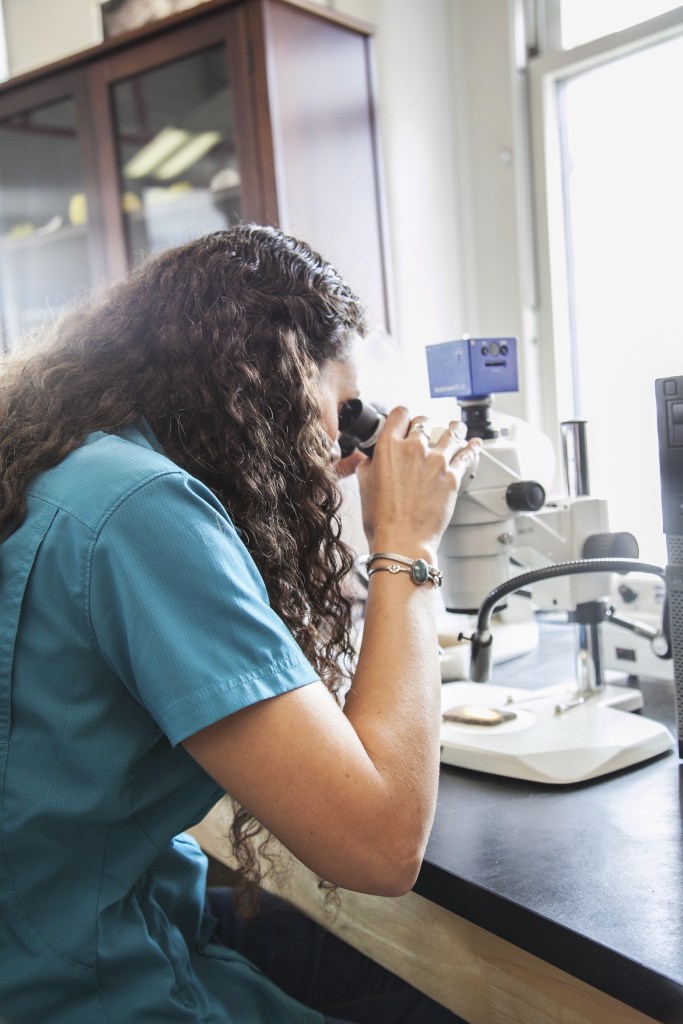
Semon looks at the artifacts through a microscope. Sometimes, she finds specks of quartz. That’s a mineral
mineral
 YAROSLAV MIKHEEV—GETTY IMAGES
pure, natural substances that aren't from plants or animals
(noun)
Salt is a type of mineral.
. It might have been added to the clay to help it dry.
YAROSLAV MIKHEEV—GETTY IMAGES
pure, natural substances that aren't from plants or animals
(noun)
Salt is a type of mineral.
. It might have been added to the clay to help it dry.
Each object tells Semon something about the people who made or used it. Does she ever find human fingerprints in the clay? “We do,” she says.
5. Labeling and Storing
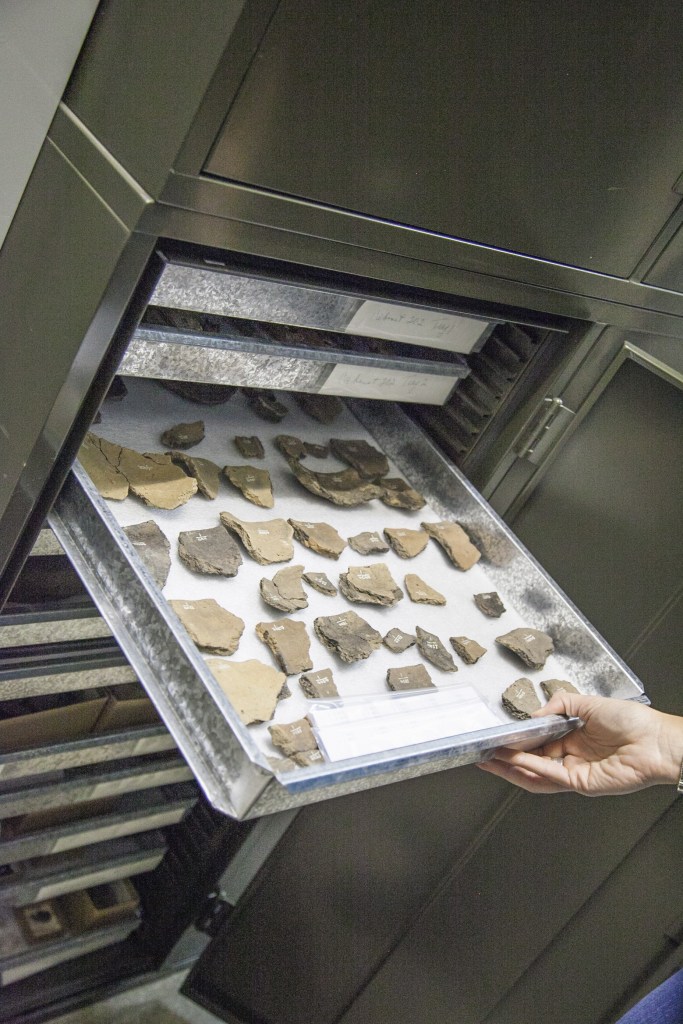
When the lab work is finished, the artifacts are stored in the museum’s collection rooms. These rooms are kept at controlled temperatures. They are also kept free of pests. This helps protect the artifacts.
At the AMNH, the North American collection alone has about 250,000 objects. Semon shows them to visiting researchers. “Each little piece gives us a new idea,” she says. “Every artifact has a story to tell.”





